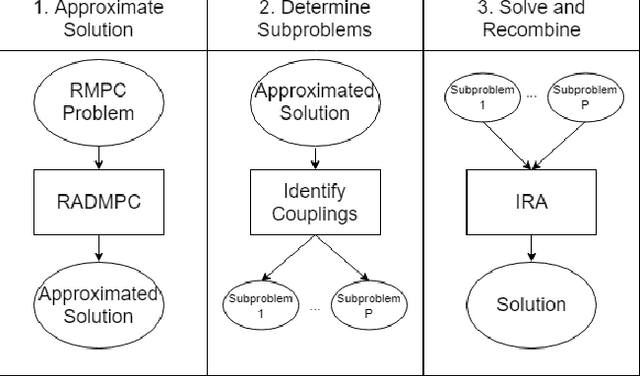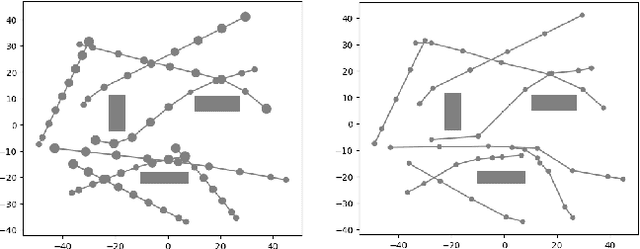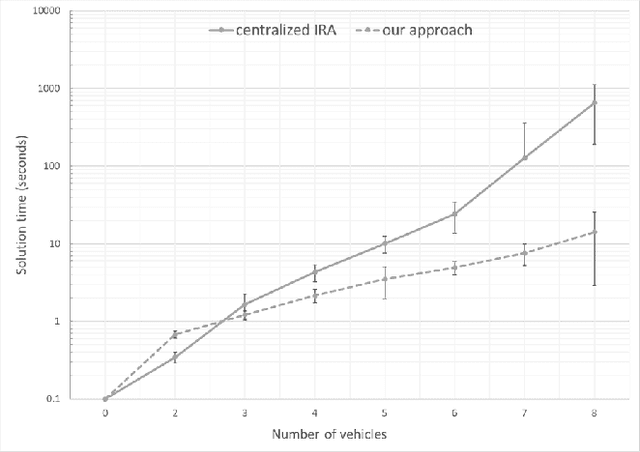Aaron Huang
Foundation Models for Rapid Autonomy Validation
Oct 22, 2024Abstract:We are motivated by the problem of autonomous vehicle performance validation. A key challenge is that an autonomous vehicle requires testing in every kind of driving scenario it could encounter, including rare events, to provide a strong case for safety and show there is no edge-case pathological behavior. Autonomous vehicle companies rely on potentially millions of miles driven in realistic simulation to expose the driving stack to enough miles to estimate rates and severity of collisions. To address scalability and coverage, we propose the use of a behavior foundation model, specifically a masked autoencoder (MAE), trained to reconstruct driving scenarios. We leverage the foundation model in two complementary ways: we (i) use the learned embedding space to group qualitatively similar scenarios together and (ii) fine-tune the model to label scenario difficulty based on the likelihood of a collision upon re-simulation. We use the difficulty scoring as importance weighting for the groups of scenarios. The result is an approach which can more rapidly estimate the rates and severity of collisions by prioritizing hard scenarios while ensuring exposure to every kind of driving scenario.
RADMPC: A Fast Decentralized Approach for Chance-Constrained Multi-Vehicle Path-Planning
Nov 25, 2018



Abstract:Robust multi-vehicle path-planning is important for ensuring the safety of multi-vehicle systems in applications like transportation, search and rescue, and robotic exploration. Chance-constrained methods like Iterative Risk Allocation (IRA)\cite{IRA} have been developed for situations where environmental disturbances are unbounded. However, chance-constrained methods for the multi-vehicle case generally use centralized strategies where the vehicle set is planned with couplings between all vehicle pairs. This approach is intractable as fleet size increases because computation time is exponential with respect to the number of vehicles being planned over due to a polynomial increase in coupling constraints between vehicle pairs. We present a faster approach for chance-constrained multi-vehicle path-planning that relies upon a decentralized path-planning method called Risk-Aware Decentralized Model Predictive Control (RADMPC) to rapidly approximate a centralized IRA approach. The RADMPC approximation is evaluated for vehicle interactions to determine the vehicle sets that should be planned in a coupled manner. Applying IRA to the smaller vehicle sets determined from the RADMPC approximation rapidly plans safe paths for the entire fleet. A Monte Carlo simulation analysis demonstrates the correctness of our approach and a significant improvement in computation time compared to a centralized IRA approach.
 Add to Chrome
Add to Chrome Add to Firefox
Add to Firefox Add to Edge
Add to Edge